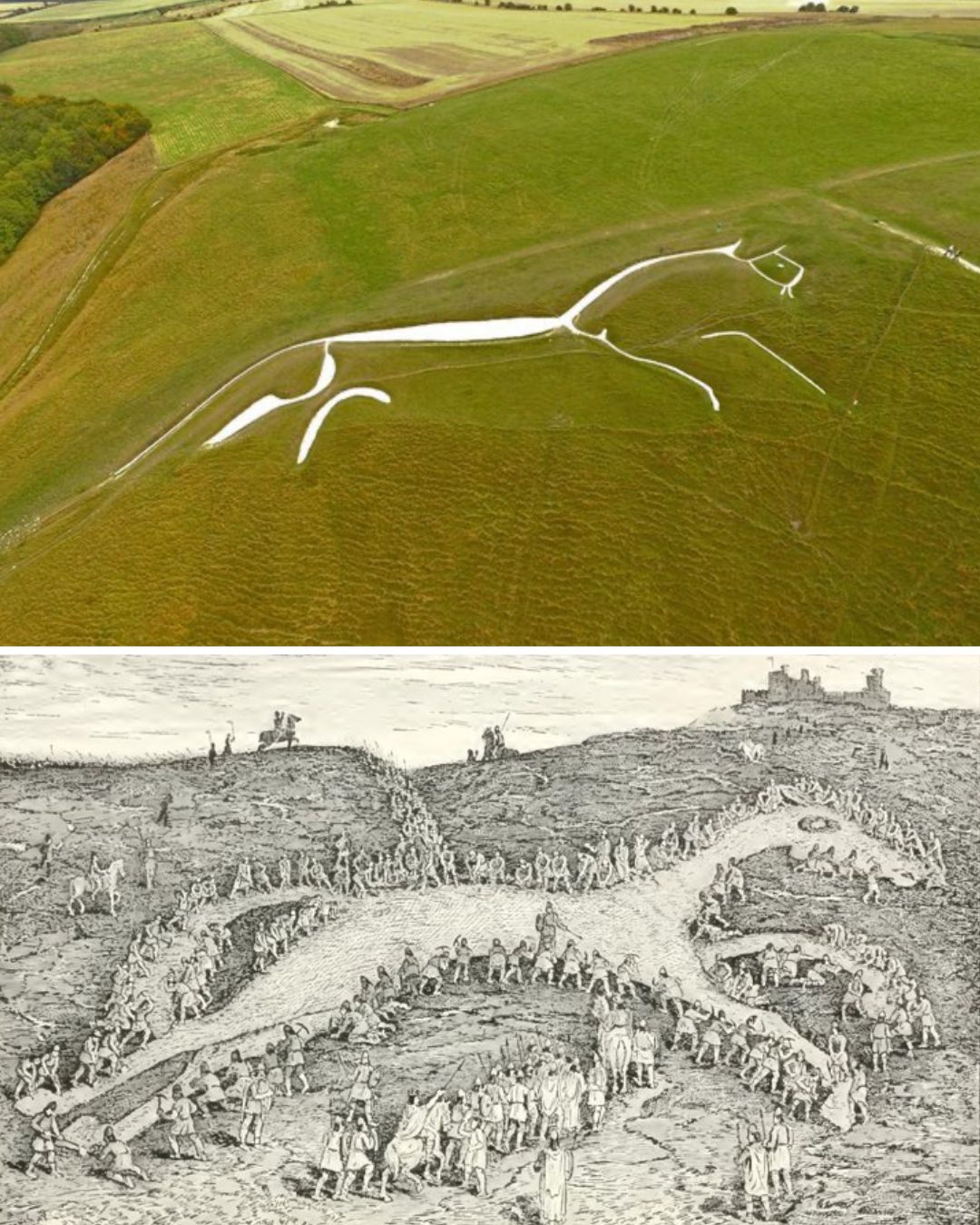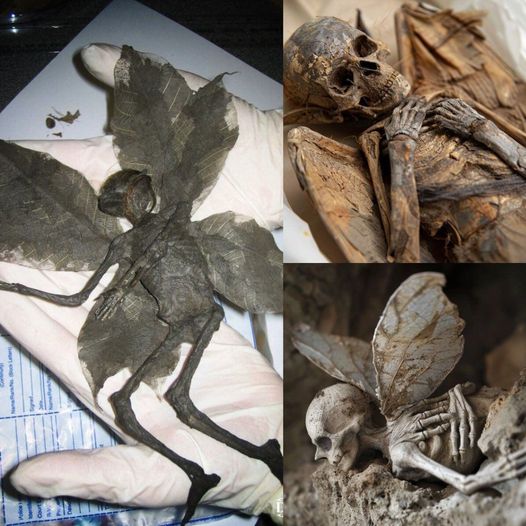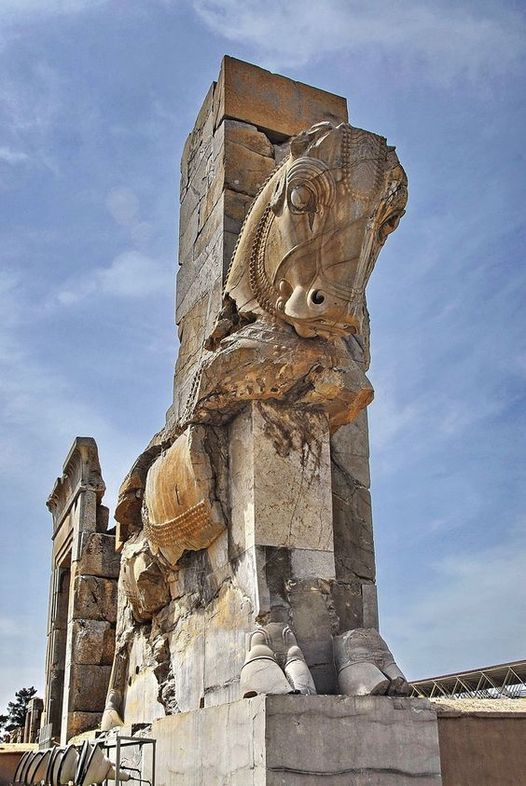They are found in close proximity to Seuthopolis, the capital city of King Seutes III of Thrace, forming an integral part of a sprawling Thracian necropolis. Noteworthy for their narrow corridors and circular burial chambers, both adorned with murals depicting Thracian burial rites and cultural motifs, these paintings represent Bulgaria's finest-preserved artistic achievements from the Hellenistic era.
Unveiling the Mysteries of Thracian Tombs
In the heart of Bulgaria lies a treasure trove of ancient wonders: the Thracian tombs unearthed in 1944. Dating back to the Hellenistic period, these tombs offer a glimpse into the rich cultural tapestry of ancient Thrace. From their intricate murals to their unique architectural features, these burial sites tell the story of a civilization steeped in mystery and tradition. Join us on a journey as we uncover the secrets of these remarkable tombs and explore their significance in Bulgaria's archaeological heritage.

Exploring the Tombs: A Window into the Past
Step into the world of ancient Thrace as we venture into the narrow corridors and circular burial chambers of these Hellenistic tombs. Carved into the earth with precision and care, these chambers served as final resting places for the elite members of Thracian society. As we explore their depths, we are met with a wealth of artistic treasures, from vivid murals depicting scenes of daily life to intricate burial rites and cultural motifs. Each chamber tells a story, offering valuable insights into the beliefs and customs of the ancient Thracians.
Admiring the Artistry: Bulgaria's Finest-Preserved Murals
The murals adorning the walls of these Thracian tombs are nothing short of breathtaking. Executed with skill and precision, these paintings represent Bulgaria's finest-preserved artistic achievements from the Hellenistic era. From scenes of feasting and celebration to depictions of mythical figures and deities, each mural offers a glimpse into the vibrant cultural landscape of ancient Thrace. As we admire these ancient works of art, we can't help but marvel at the talent and ingenuity of the Thracian artists who created them.
Preserving Bulgaria's Cultural Heritage: A Call to Action
As we reflect on the significance of these Thracian tombs, we are reminded of the importance of preserving Bulgaria's rich cultural heritage. From ancient artifacts to archaeological sites, these treasures provide valuable insights into the history and identity of the Bulgarian people. Yet, they are also fragile and vulnerable to the ravages of time and neglect. It is our responsibility to protect and safeguard these treasures for future generations, ensuring that they continue to inspire and educate for centuries to come.
Conclusion: Celebrating Ancient Discoveries
In conclusion, the Thracian tombs unearthed in 1944 stand as a testament to Bulgaria's rich and diverse cultural heritage. From their intricate murals to their unique architectural features, these tombs offer a window into the world of ancient Thrace and its inhabitants. As we celebrate these ancient discoveries, let us also renew our commitment to preserving and protecting Bulgaria's archaeological treasures for generations to come. Through our collective efforts, we can ensure that the legacy of ancient Thrace lives on for future generations to discover and explore.










